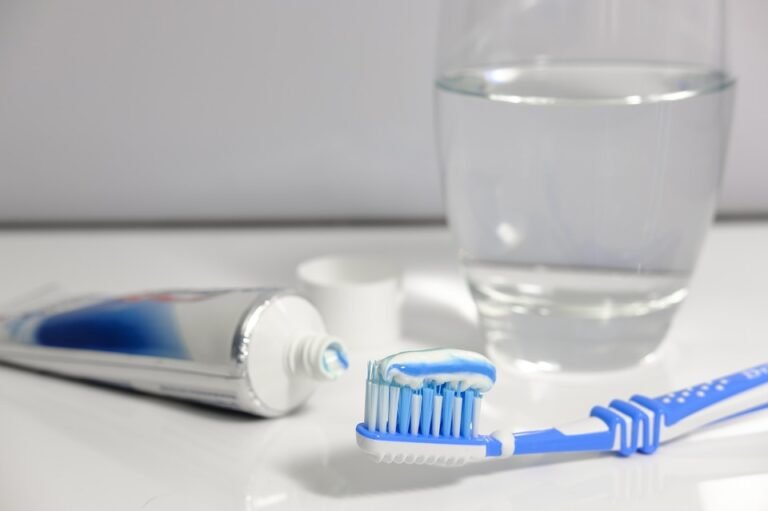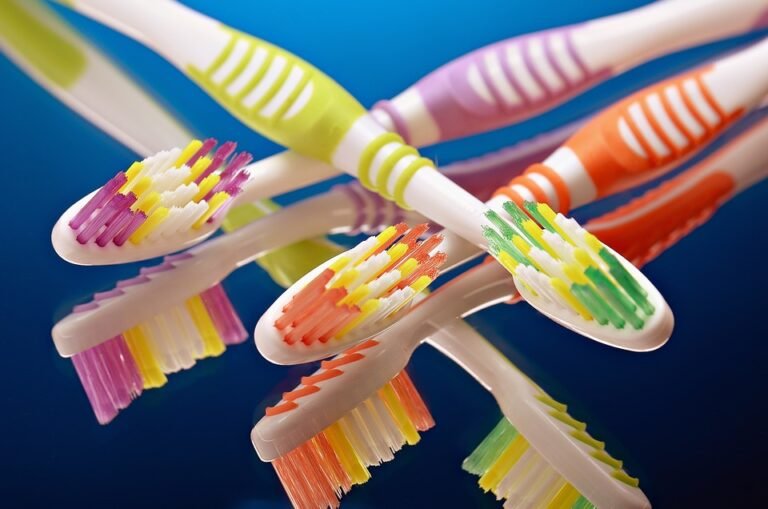Does online dental education provide sufficient hands-on clinical experience?
Okay, so I’m really considering enrolling in one of these new online dental programs. They seem much more flexible than traditional dental schools, which would be a huge benefit for me and my family. But, honestly, I’m worried. My biggest concern is whether I’d actually get enough real experience working on patients.
I mean, dentistry is a practical profession, right? How can you learn to fill a cavity or perform a root canal effectively just by watching videos or practicing on models? I’ve seen some programs mention using virtual reality simulators and requiring in-person clinical rotations, but are those rotations long enough? Are they truly comparable to the hands-on experience you’d get in a traditional dental school clinic, where you’re potentially seeing patients every day?
Specifically, I’m interested in hearing from people who have gone through an online dental program, or who have hired/worked with graduates of online dental programs. Did you feel adequately prepared for independent practice? Did you struggle with certain procedures that your traditionally-trained colleagues seemed to find easier? What specific aspects of clinical skills development felt like they were missing or lacking in the online format? Any insights would be really helpful before I make such a big decision!
Answer
The question of whether online dental education provides sufficient hands-on clinical experience is complex and multifaceted. It’s important to consider that pure online dental education, meaning entirely devoid of in-person clinical components, is generally not considered sufficient or permissible for licensure in most countries, including the United States, Canada, and the European Union. Dental education inherently requires significant direct patient interaction and psychomotor skill development that are difficult to replicate effectively in a purely virtual environment.
Here’s a detailed breakdown of the issues:
Challenges and Limitations of Fully Online Dental Education:
-
Direct Patient Interaction: Dentistry is fundamentally a patient-centric profession. Diagnosis, treatment planning, and execution rely heavily on direct physical examination, patient communication, and the ability to adapt to individual patient needs and responses. These skills are challenging to develop and assess remotely.
-
Psychomotor Skill Development: Dental procedures demand highly refined psychomotor skills. Preparing cavities, performing extractions, administering local anesthesia, and performing root canal therapy require precise hand-eye coordination, tactile feedback, and spatial awareness. Simulators can offer some practice, but they cannot fully replicate the nuances of working in the oral cavity with a live patient.
-
Management of Complications and Emergencies: In a real-world clinical setting, dental students must learn to recognize and manage unexpected complications or emergencies that may arise during treatment. Observing and participating in the management of such situations is crucial for developing clinical judgment and decision-making skills. This is nearly impossible to simulate effectively online.
-
Infection Control and Sterilization: Strict adherence to infection control protocols is paramount in dentistry. Dental students must learn and practice proper sterilization techniques, barrier precautions, and waste disposal procedures. These are best learned and reinforced through hands-on training in a clinical environment.
-
Ethical and Legal Considerations: Dental students must understand and adhere to ethical principles and legal regulations governing dental practice. This includes informed consent, patient confidentiality, and professional responsibility. Real-world clinical experience provides opportunities to observe and discuss ethical dilemmas and legal issues with experienced practitioners.
- Assessment of Clinical Competency: Evaluating a dental student’s clinical competency requires direct observation of their performance in a clinical setting. Objective measures of skill and knowledge are important, but subjective assessment of clinical judgment, professionalism, and communication skills is also essential. This is difficult to achieve reliably in a purely online format.
Hybrid and Blended Learning Approaches:
While fully online dental education is not typically considered adequate, many dental schools incorporate hybrid or blended learning approaches that combine online instruction with traditional classroom learning and, most importantly, extensive in-person clinical experiences. In these models:
-
Online Components: Lectures, seminars, case presentations, and self-assessment modules may be delivered online to enhance learning and flexibility. Digital resources like virtual anatomy models and interactive simulations can supplement traditional learning methods.
-
In-Person Clinical Experiences: The core of dental education remains the hands-on clinical experience in dental school clinics, community-based clinics, and externship programs. Students work under the direct supervision of experienced faculty members, gradually progressing from simple procedures to more complex cases. They treat a diverse patient population, gaining experience in all aspects of general dentistry.
- Simulation Technology: Dental schools increasingly use advanced simulation technology, such as haptic simulators, to provide students with opportunities to practice dental procedures in a safe and controlled environment. Simulators can help students develop basic psychomotor skills, familiarize themselves with dental instruments, and practice treatment planning. However, simulators are viewed as supplementary tools and not a replacement for direct patient care.
Conclusion:
In summary, a purely online dental education is generally considered insufficient to provide the necessary hands-on clinical experience for competent dental practice. The development of psychomotor skills, patient management skills, and clinical judgment requires direct patient interaction and supervised clinical practice. Hybrid or blended learning models that integrate online instruction with extensive in-person clinical experiences are increasingly common and can enhance dental education, but the clinical component remains essential for ensuring that graduates are well-prepared to provide safe and effective dental care. Licensure requirements generally mandate a significant amount of clinical experience obtained through accredited dental programs that include substantial in-person training.





